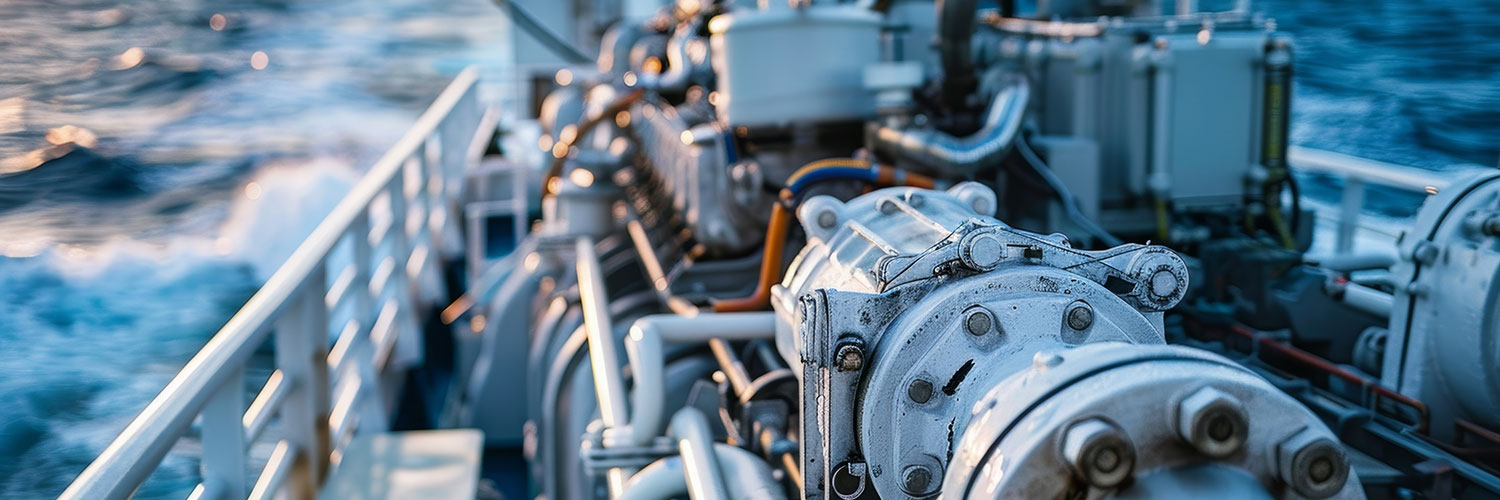The subsea environment is among the harshest and most unforgiving settings for industrial components. At depths that stretch kilometres below the ocean’s surface, valves used in subsea applications must endure a unique blend of physical, chemical, and mechanical stressors. As offshore oil and gas exploration moves into deeper waters in search of new reserves, the performance demands on subsea valves have intensified significantly. Understanding these challenges is essential for selecting, designing, and maintaining valves that can reliably function in such extreme conditions.
The Nature of the Subsea Environment
Subsea operations typically take place in water depths ranging from hundreds to thousands of metres. At these depths, hydrostatic pressure can exceed 15,000 psi (pounds per square inch), which alone poses a substantial engineering challenge. The pressure acts uniformly on all exposed surfaces, meaning every component in a subsea valve must be designed to withstand crushing forces without deformation or failure.
In addition to pressure, subsea environments present low temperatures, often near freezing, which can affect the mechanical properties of materials. Metals become more brittle, and seals can stiffen or lose their elasticity. Coupled with the presence of highly corrosive saltwater, potential hydrogen sulfide (H₂S) in production fluids, and biological fouling, the subsea environment is a severe test for any valve’s material, design, and performance characteristics.
Design Complexities and Engineering Challenges
Subsea valves are not merely downscaled versions of their topside counterparts. They are often bespoke solutions that must integrate into complex underwater systems like subsea trees, manifolds, and pipelines. Because these systems are typically unmanned and extremely difficult to access, subsea valves must have near-zero failure tolerance.
One key engineering challenge is ensuring long-term sealing integrity under fluctuating pressure and temperature cycles. Valve actuators, whether hydraulic or electric, must provide precise control while being robust enough to handle years of submersion without maintenance. The interface between the actuator and valve body is a potential leakage point and requires meticulous engineering.
Another critical consideration is material selection. While stainless steels and special alloys such as Inconel, Duplex, and Super Duplex are commonly used for corrosion resistance, they must also meet mechanical strength requirements. Furthermore, galvanic corrosion—a type of electrochemical reaction between dissimilar metals in seawater—can occur if incompatible materials are used in the same assembly.
Operational and Maintenance Limitations
Unlike valves used in accessible plant environments, subsea valves are seldom inspected or maintained directly. Remote Operated Vehicles (ROVs) and Autonomous Underwater Vehicles (AUVs) are typically employed for inspection, but intervention is expensive and time-consuming. This means any design flaw or early degradation in performance can result in significant downtime and financial losses.
Lubrication and sealing systems must be designed for longevity, with little to no possibility of replenishment. The challenges of marine growth, sediment accumulation, and mechanical wear are intensified over the years. To combat this, valve internals often incorporate special coatings, self-lubricating materials, or redundant sealing systems. Yet even with these features, the risk of operational failure cannot be entirely eliminated, emphasising the importance of quality assurance during manufacturing and testing.
The Importance of Testing and Certification
Given the risk and cost associated with subsea valve failure, rigorous testing and qualification are non-negotiable. Testing includes hyperbaric testing, where valves are subjected to simulated deep-sea pressures to assess structural integrity and functional reliability. Endurance testing cycles simulate years of use in harsh conditions to ensure components perform consistently.
Certification from recognised bodies such as API (American Petroleum Institute), ISO, and DNV GL is often mandatory. These certifications are based not just on performance criteria, but also on stringent manufacturing processes, quality control, and traceability of materials. In many cases, custom testing procedures are required to meet project-specific standards, particularly for deep-water applications beyond 3000 metres.
Innovations in Subsea Valve Technology
To address these multifaceted challenges, the valve industry has seen steady innovation. One such advancement is the use of all-electric subsea systems, which reduce the need for hydraulic power lines and minimise the risk of leaks. Electric actuators, while requiring robust sealing and insulation, offer improved controllability and data feedback for predictive maintenance.
Advancements in composite materials and Nano-coatings are also being explored to improve corrosion resistance and reduce weight, both critical factors for subsea deployment. Smart valves embedded with sensors are gaining traction, providing operators with real-time data on pressure, temperature, and valve position. These intelligent systems can alert maintenance crews of early-stage wear or malfunctions, potentially avoiding catastrophic failures.
Digital twin technology—creating a digital replica of a valve system—can simulate operational conditions and help engineers predict component lifespan. Coupled with machine learning algorithms, these tools are redefining how subsea valve performance is evaluated and optimised over time.
Conclusion
The performance of subsea valves under extreme depths is governed by a complex interplay of pressure, temperature, material compatibility, and operational reliability. In an environment where human intervention is both costly and risky, the margin for error is virtually zero. Every component, from the actuator to the seal, must be engineered for durability, resistance to corrosion, and long-term performance. As subsea operations push further into ultra-deep waters, the demand for precision-engineered, highly reliable valve systems will only increase.
SteelStrong Valves, with over four decades of expertise and a commitment to international standards, understands the intricate challenges faced in subsea valve applications. With robust design capabilities, cutting-edge manufacturing facilities in Navi Mumbai and Sanand, and a skilled team dedicated to quality and innovation, SteelStrong is well-positioned to deliver high-performance valve solutions tailored for the most demanding offshore environments.

